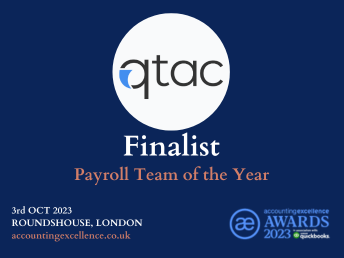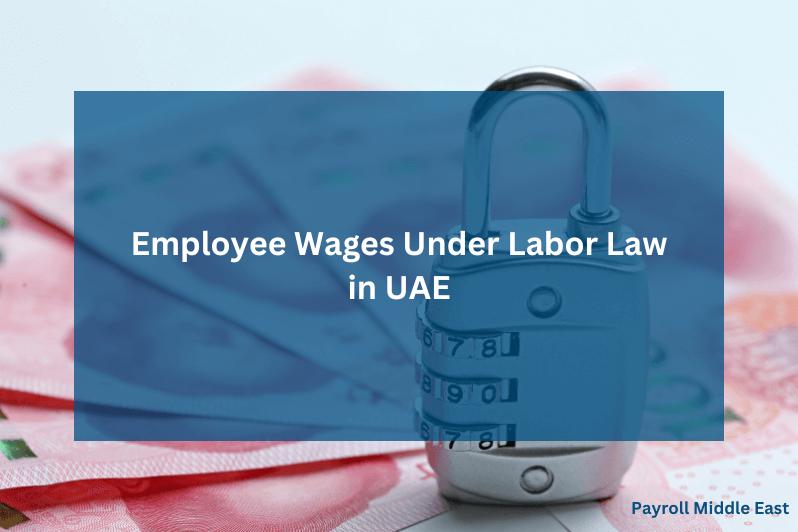Payroll year end is just around the corner.
We know the amount of reporting and administrative tasks can be overwhelming, particularly with extensive HMRC compliance requirements. We also know that getting it right is crucial to steer clear of costly errors and maintain organisational efficiency.
Having said that, payroll year end doesn’t have to be too stressful. By planning ahead, you can streamline your processing and prepare for the new tax year with ease.
That’s why we put this blog together, to give you everything you need to know, from all the important dates to the necessary steps you need to take.
The key payroll year end dates you need to know
- 5 April: The 2023/24 tax year ends.
- Before 6 April:
- Update all your employee payroll records.
- Update your payroll software.
- 6 April: The 2024/25 tax year begins.
- 19 April: This is the deadline for the final submission of the 2023/24 tax year.
- 22 April: This is the deadline for month 12 PAYE.
- By 31 May: Your employees need to receive their P60s.
- By 6 July: You need to report on expenses and benefits.
- 6 July: This is the deadline to submit your P11D and P11D(b) forms.
- 22 July: Payment of class 1A National Insurance contributions on Benefits in Kind must be with HMRC (the deadline is 19 July if you’re not using digital systems).
If any of the above dates fall on a weekend, they need to be brought forward. For example, this year 6th July is a Saturday, so we need to bring P11D & P11D(b) submissions forward to 5th July.
Your payroll year end step by step checklist
Step 1: Check when your payroll ends
Determining when your payroll ends can be complicated. It may not always align with Week 52, especially if you pay employees on different schedules, like every 4 weeks or bi-weekly. Additionally, if your tax year differs from the calendar year or if you pay bonuses, the payroll year might not end on Week 52.
Errors or delays in submitting payroll information to HMRC can also extend the payroll year beyond Week 52.
With the right payroll software, you can have peace of mind that everything will be tracked and on time.
Step 2: Make sure all employee records are up to date
If any employees have departed from your company within the last year, or if there have been new hires, it’s essential to verify that their information has been properly processed. This could involve having discussions with your managers and ensuring that there are clear channels of communication in place.
The bigger your organisation, the more difficult this can be, but we’ve found that if you take care of things like this at the end of each pay period then everything should be in order for the final FPS of the year.
Step 3: Submit your final FPS of the year
Before running your year-end process, complete the final pay run for the 2023/24 tax year.
Once you’ve processed any additional weeks (like week 53), finalised the payroll, and handled employee departures, submit your final Full Payment Submission (FPS) and, if needed, Employer Payment Summary (EPS) by the April 19 deadline.
There’s no change in submitting FPS and EPS for the final pay period. Make sure to avoid errors to prevent the need for retrospective adjustments, which may require submitting additional FPSs or EPSs after April 19.
Step 4: Process your year end payroll
Now you can process your year end and make your final submission for the 2023/24 tax year.
Once this step is complete, you can produce your P60s.
Step 5: Create your P60s
All employees working on the final day of the tax year (April 5) must receive their P60 by May 31. This includes deemed employees under IR35.
The P60 summarises their pay and deductions for the year and is one of the final tasks after year-end.
You can use your payroll software to generate and securely share P60s online, similar to how you share your payslips.
We recommend that you wait until after issuing the final payslip and allowing time for employee feedback (regarding any errors) before creating P60s.
Step 6: Start the new payroll year
That was easy enough, right?
With everything submitted, it’s now time to begin the new payroll year. First, you’ll need to refer to the HMRC’s P9X document to find out if any amendments have been made to the tax codes this year.
If changes have been made, don’t worry. Your payroll software should be HMRC compliant and handle these adjustments, allowing you to update allowances and prepare for the new tax year seamlessly.
Put an end to end of year payroll headaches with JPS
Saying payroll is challenging an understatement, but with the right software, it becomes much easier to handle.
At JPS, we offer HMRC compliant, cloud-based, payroll software that empowers you to run your payroll with complete accuracy, efficiency, and control.
Book a demo to explore our bespoke payroll services.




